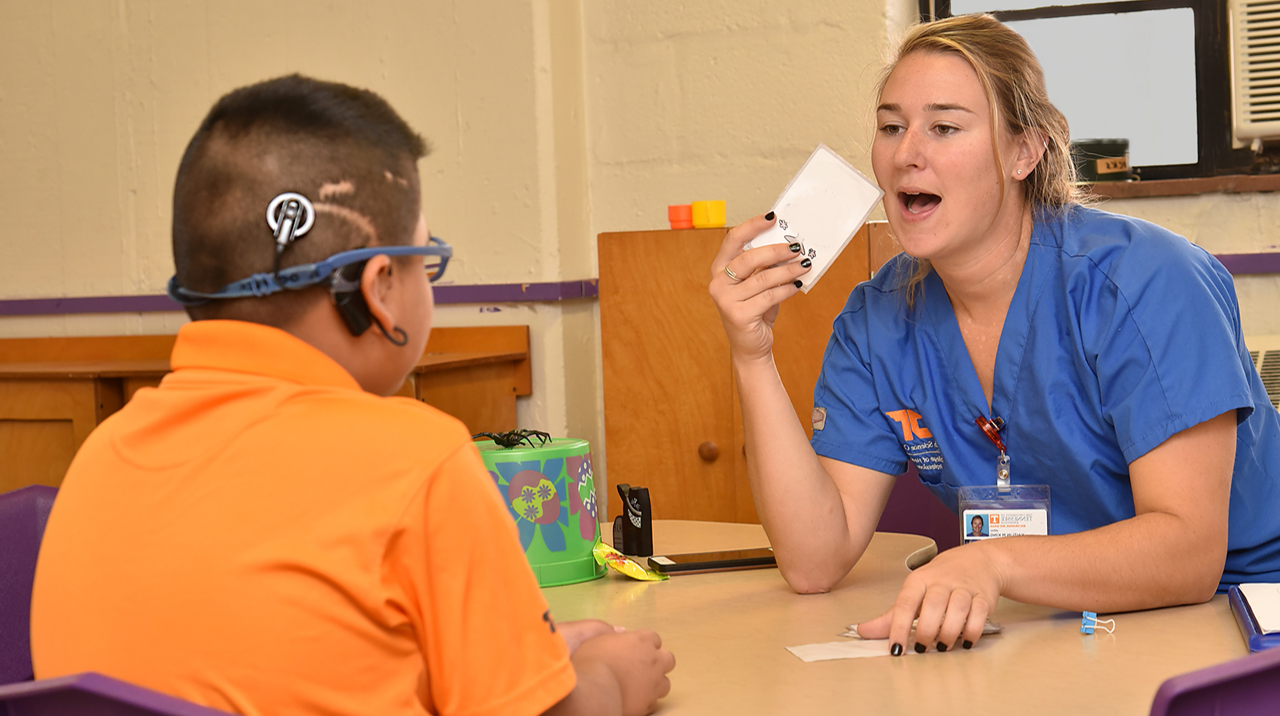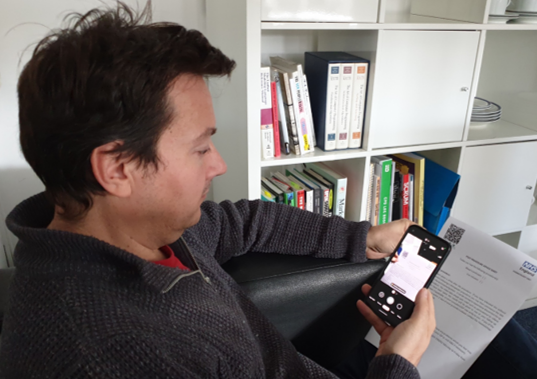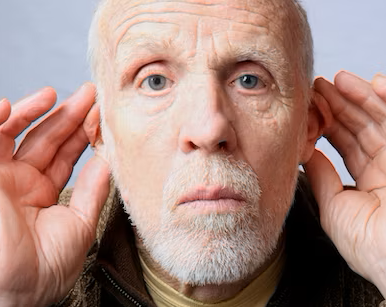Accessible content enables bigger audiences: your content goes further, lasts longer and finds a wider audience
When your content is designed with accessibility in mind, it becomes a powerful tool that resonates with a broader spectrum of individuals. Not only does it ensure your message reaches people with diverse abilities, but it also has the potential to transcend time, remaining relevant and impactful for longer periods. By making your content accessible, you unlock the door to a wider audience, fostering inclusivity and maximizing the lasting impact of your communication efforts. Embracing accessible content amplifies the concept of the "long tail" effect, where your content's cumulative value extends far beyond its initial release. By making your material accessible to individuals who may have previously been excluded, you create a ripple effect of engagement and sharing. This extends the lifespan of your content, ensuring it continues to resonate and deliver value over time. As your accessible content gains traction, it contributes to a lasting legacy, building a stronger connection with your audience and establishing your organisation as a champion of inclusivity and innovation.






























